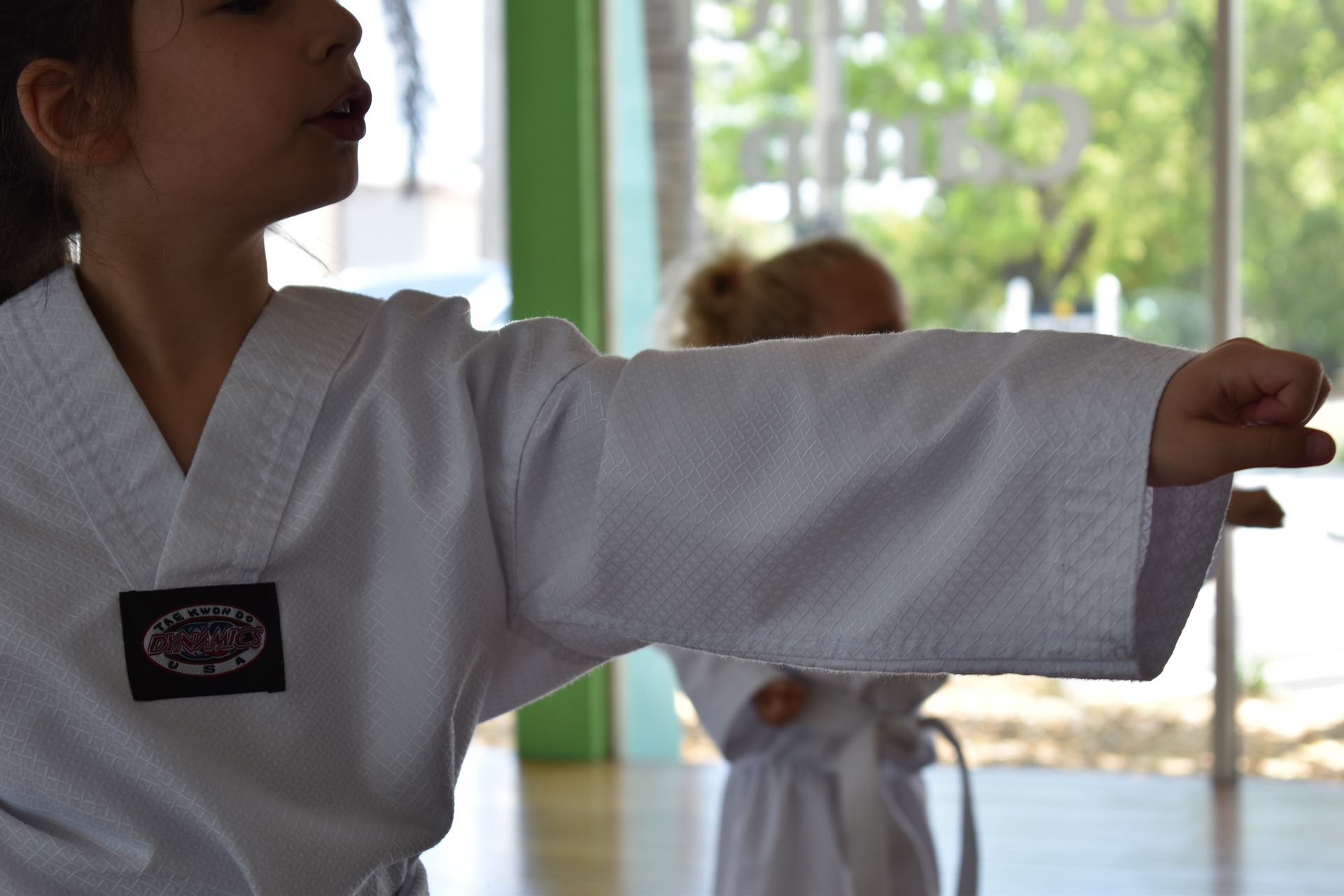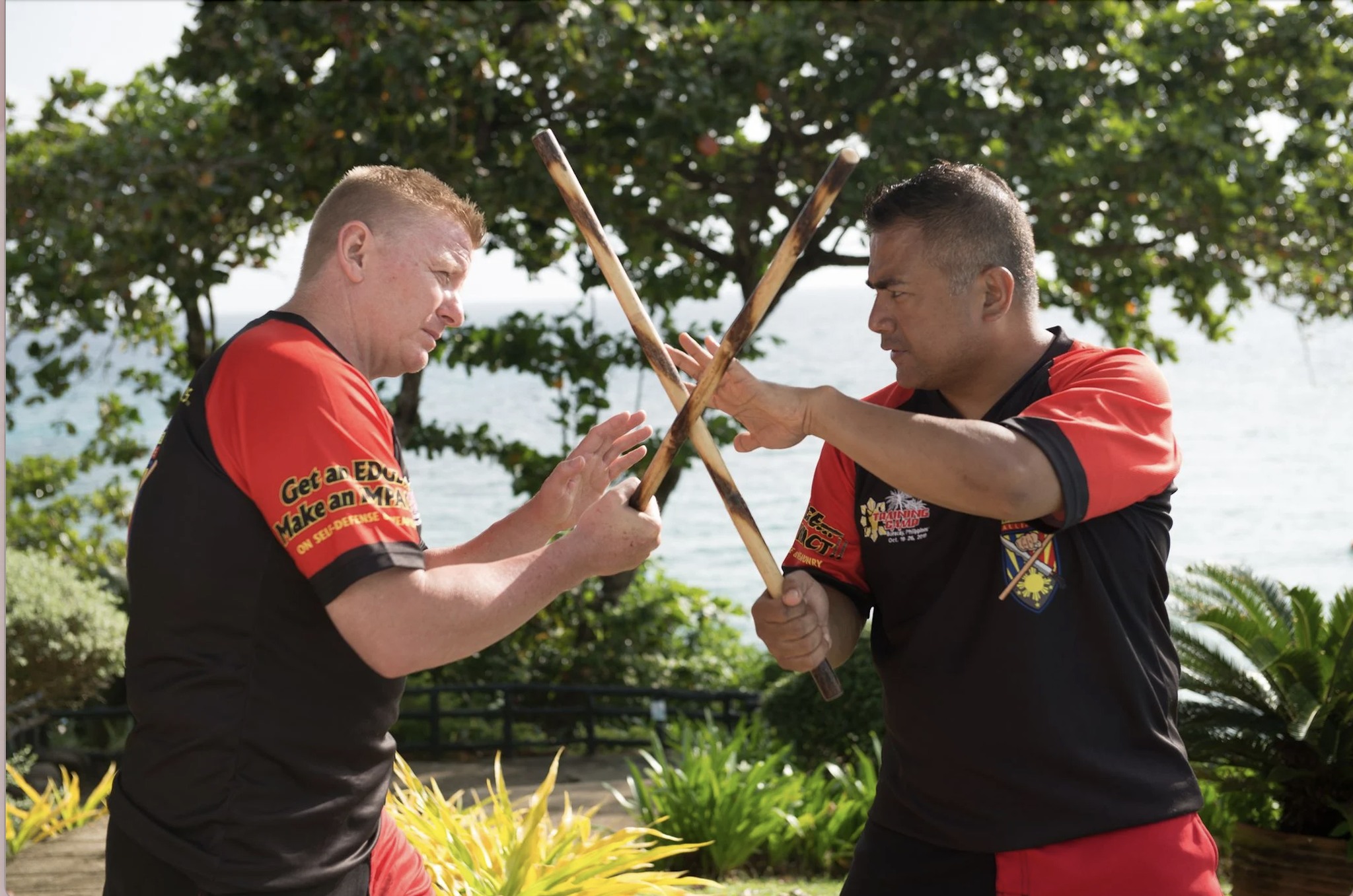If you’ve ever watched a traditional karate class, you’ve likely seen students performing lines of oi-zuki—a stepping punch—down the floor in unison. One foot steps forward while the rear hand drives out in a straight punch. It may seem basic, even overly repetitive, especially to modern eyes. But this foundational drill holds more meaning and value than most people realize.
The Purpose of Stepping and Punching
At its core, stepping and punching teach fundamental coordination. It synchronizes footwork with hand technique, reinforcing proper body mechanics. Students learn to shift their weight, maintain balance, and generate power through motion. The rear-hand punch (commonly a lunge punch) develops timing and connection between the hip rotation and the strike, essential skills for all martial arts.
This drill also teaches commitment. When a student steps forward and punches, they learn to close the distance and commit to an action with intent. That purposeful movement helps condition the body and mind to move forward with confidence rather than freeze under pressure.
The Advantages
- Power Generation: The forward step adds momentum, allowing the student to develop stronger, more penetrating strikes.
- Coordination: Students learn how to move the whole body as one unit rather than throwing disconnected punches.
- Kime (Focus): Practicing in lines builds kime, or focused energy, at the end of the punch. This discipline sharpens intent and precision.
- Conditioning: Repetition helps condition the legs, hips, and shoulders, creating stronger stances and strikes.
- Distance Management: The drill helps students understand how to manage distance—how far they need to step to reach a target safely and effectively.
The Disadvantages
Of course, there are limitations. Stepping and punching in lines doesn’t reflect the chaotic nature of real combat. The attack is telegraphed, linear, and sometimes unrealistic in live scenarios. Rigid adherence to form without context can lead to robotic habits. That’s why it’s important to blend these basics with sparring, pad work, and scenario training.
The Deeper Meaning
The traditional oi-zuki is more than a punch—it’s a metaphor for commitment, timing, and presence. It represents the act of stepping into the challenge and striking through doubt. In kata and kihon (basics), it is the seed of every advanced movement.
Karate doesn’t start with flying kicks or spinning backfists—it begins with a single step and a punch. And within that step lies the heart of the martial way: precision, power, and perseverance.



